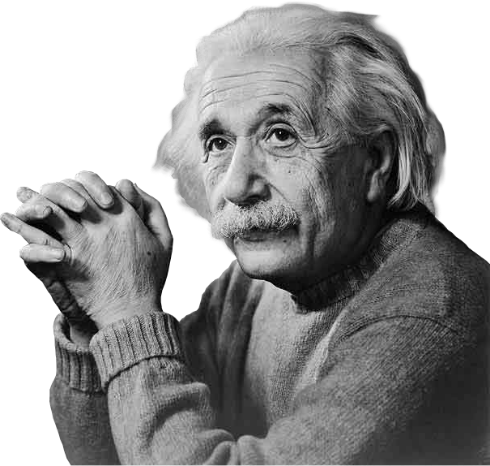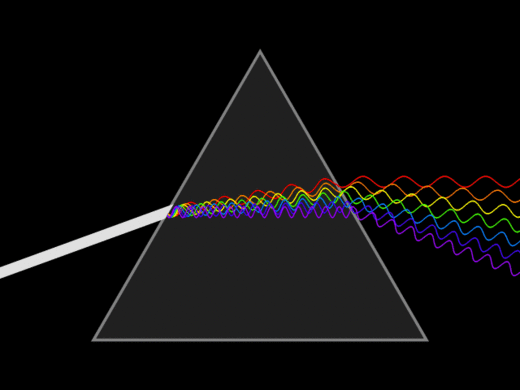please open this link on desktop
FOR FULL EXPERIENCE
present
CONNECTING THE WORlD
AT THE SPEED OF LIGHT
Overview of the case study






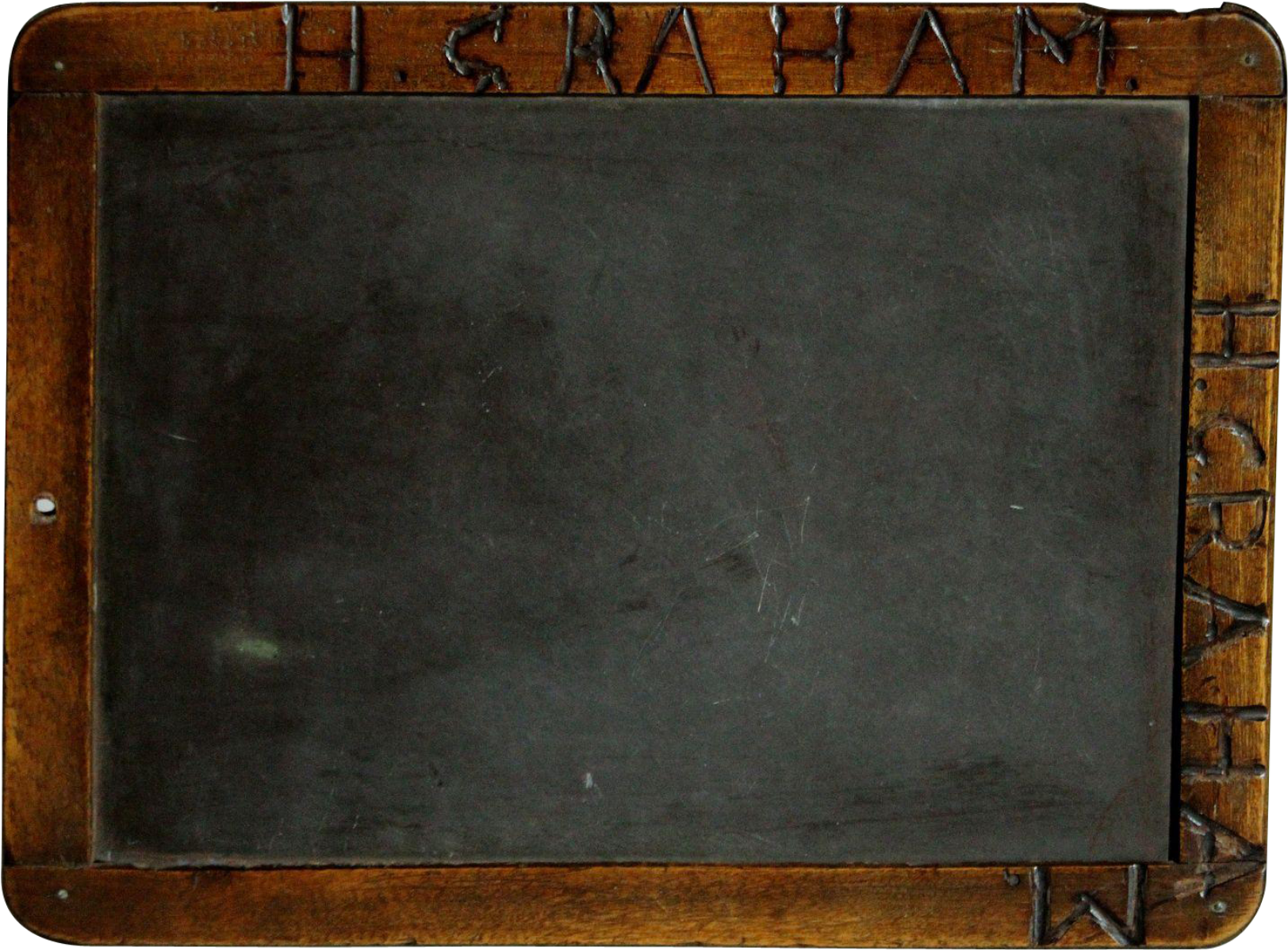
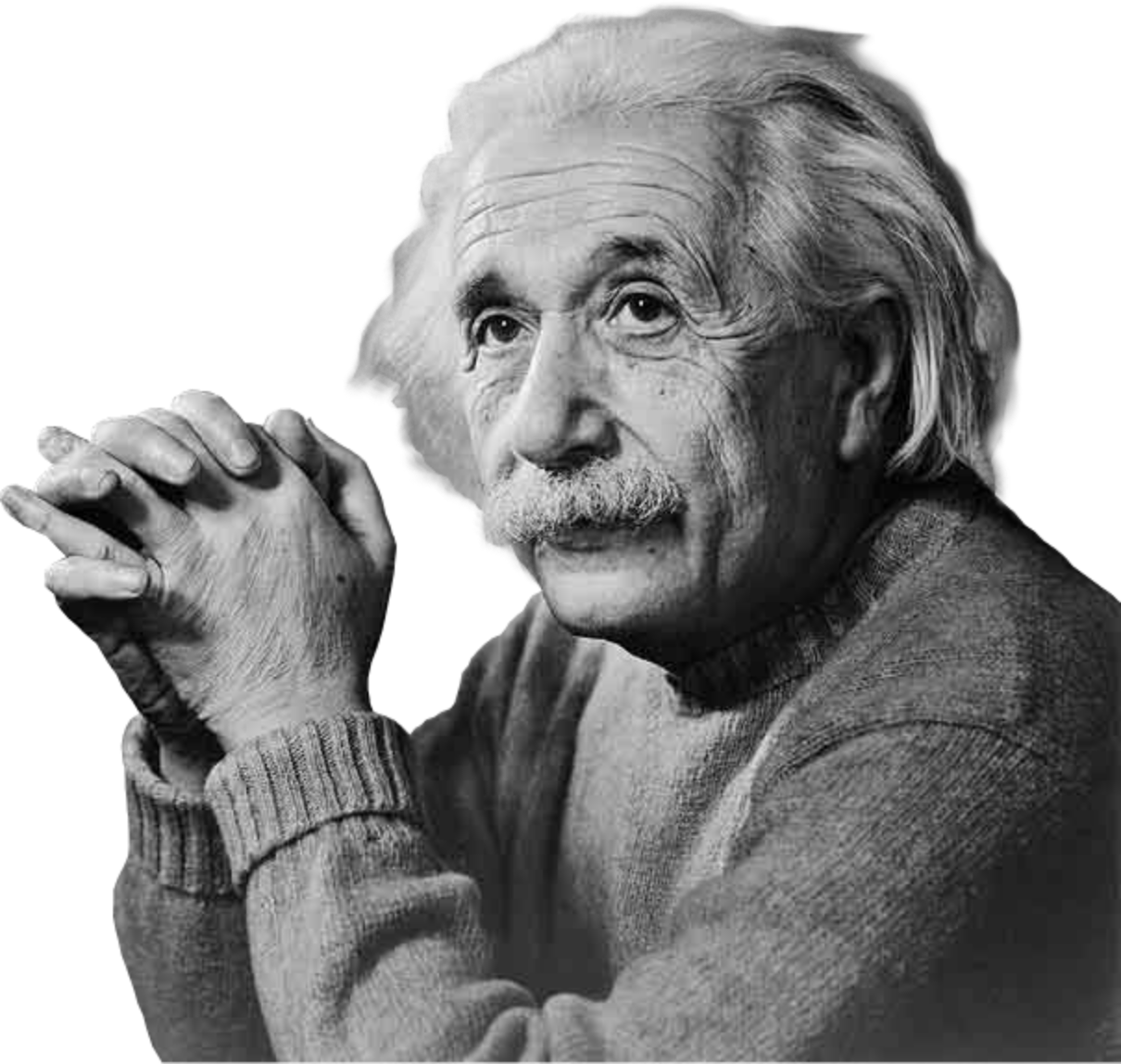
Albert Einstein established the theoretical foundations for the laser and the maser in the paper Zur Quantentheorie der Strahlung (On the Quantum Theory of Radiation).
1917
By 1957, many scientists were looking for a way to achieve maser-like amplification of visible light. In November of that year, Gordon Gould realized that one could make an appropriate optical resonator by using two mirrors in the form of a Fabry–Pérot interferometer.
1957

Gordon Gould

hero

Based on Einstein’s theory of light, Gordon Gould recorded his analysis and suggested applications in a laboratory notebook under the heading:
“Some rough calculations on the feasibility of a LASER:
Light Amplification by Stimulated Emission of Radiation.”
Light Amplification by Stimulated Emission of Radiation.”


the first recorded use of this acronym.
The first page of the notebook in which Gould coined the acronym LASER and described the essential elements for constructing one.


Gould’s notebook was the first written prescription for making a viable laser and, realizing what he had in hand, he took it to a neighborhood store to have his work notarized.
1959
Optical amplification (Laser)
by Gordon gould
In total, Gould obtained 48 patents related to the optical amplifier that covered 80% of the lasers on the market at the time of issuance.
DISCOVER

big idea
1972
1983
Gould co-founded an optical telecommunications equipment firm, Optelecom Inc.

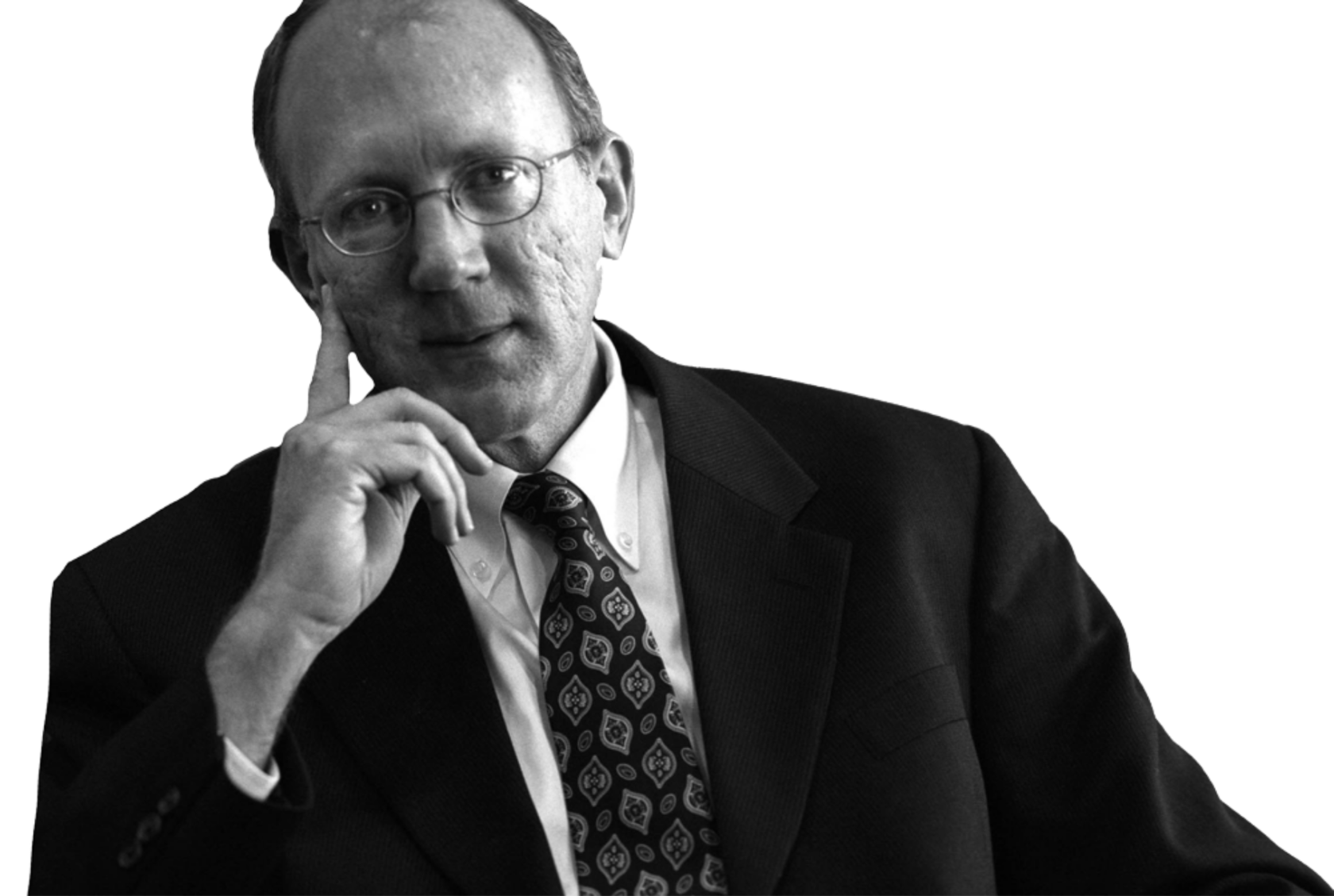
David Huber
hero

Gould hires Dr. David Huber at Optelecom for his expertise in optical amplification.
Working at Optelecom, Huber developed optical multiplexed sensors and a multiplexed fiber optic wideband data distribution system. In 1988, he joined General Instrument Corporation, where he patented several inventions, including Remote pumping for active optical devices, Method for producing a tunable erbium fiber laser, and wavelength selective coupler for high power optical communications.
These technologies were core elements of the wave division multiplexing (“WDM”) system developed by Huber.
These technologies were core elements of the wave division multiplexing (“WDM”) system developed by Huber.













DISCOVER
WAVE division multiplexing (WDM)
Fiber-optic communications technology which multiplexes a number of optical carrier signals onto a single optical fiber by using different wavelengths (i.e., colors) of laser light.
This technique enables bidirectional communications over a single strand of fiber, also called wavelength-division duplexing, as well as multiplication of capacity.
This technique enables bidirectional communications over a single strand of fiber, also called wavelength-division duplexing, as well as multiplication of capacity.

big idea
by DAVID HUBER

SPENCER TRASK SUPPORT
by KEvin kimberlin
The invention of the laser
Gordon Gould
Wave division multiplexing
David Huber
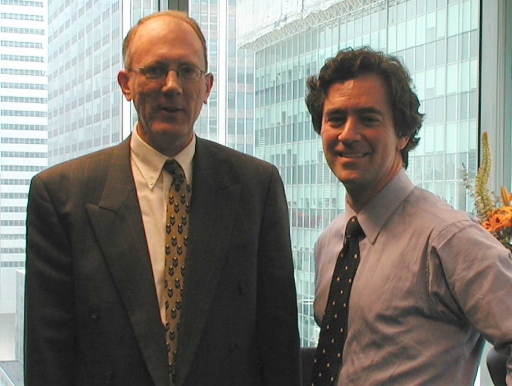
1993
Company co-founded by Kevin Kimberlin and David Huber, and aided by Optelecom.
Ciena corp
founded
founded
create
Huber and Steve Alexander of Ciena invented the dual-stage optical amplifier that was a key to the first dense wave division multiplexing (DWDM) system, marking the start of optical networking.
DUAL-STAGE
OPTICAL AMPLIFIER
OPTICAL AMPLIFIER
Patented by ciena
Its significance was recognized at the time by optical authority, Shoichi Sudo and technology analyst, George Gilder in 1997, when Sudo wrote that optical amplifiers “will usher in a worldwide revolution called the Information Age” and
Gilder compared the optical amplifier to the importance of the integrated circuit, predicting that it would make possible the Age of Information.
Gilder compared the optical amplifier to the importance of the integrated circuit, predicting that it would make possible the Age of Information.



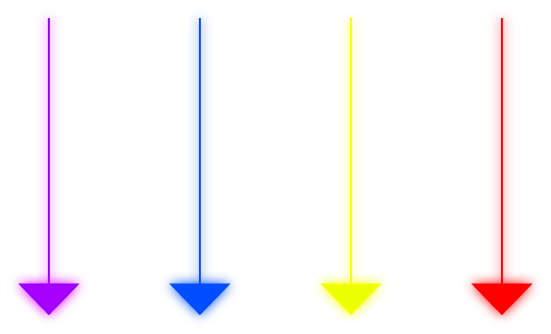

optical fiber
1997
Ciena went public on NASDAQ in February 1997, and was the
ciena goes public
largest initial public offering of a startup company to date, with a valuation of $3.4 billion.
Ciena earned approximately $370 million in revenue and profits of $110 million for the fiscal year ending in October 1997.
Customers at the time included AT&T, Bell Atlantic, and Digital Teleport.
Customers at the time included AT&T, Bell Atlantic, and Digital Teleport.



THE INTERNET
Ciena enabled the explosive growth of the Internet and serves as its foundation today. By 2019, Ciena was the #1 ranked innovator and the market share leader in high capacity networking, supporting 1,500 customers comprising 85% of the world’s largest communications providers.
TODAY
Optical amplification WDM systems are the common basis of all local, metro, national, intercontinental and subsea telecommunications networks and the technology of choice for the fiber optic backbones of the Internet.
LETS TALK
MASS ADOPTION OF



ILLUMINATE

Only 1 percent of telecom traffic was carried through the Internet.
1993
Inception of e-commerce
Amazon and Ebay launched
Amazon and Ebay launched
1995
The commercialisation of the internet Javascript introduced
1996
Hotmail is introduced
1997
Google and Napster launched
1998
Skype and Myspace launched
2003
Facebook is launched
2004
Youtube is launched
2005
Twitter is launched
2006
97 percent of telecom traffic is carried through the Internet.
2008


